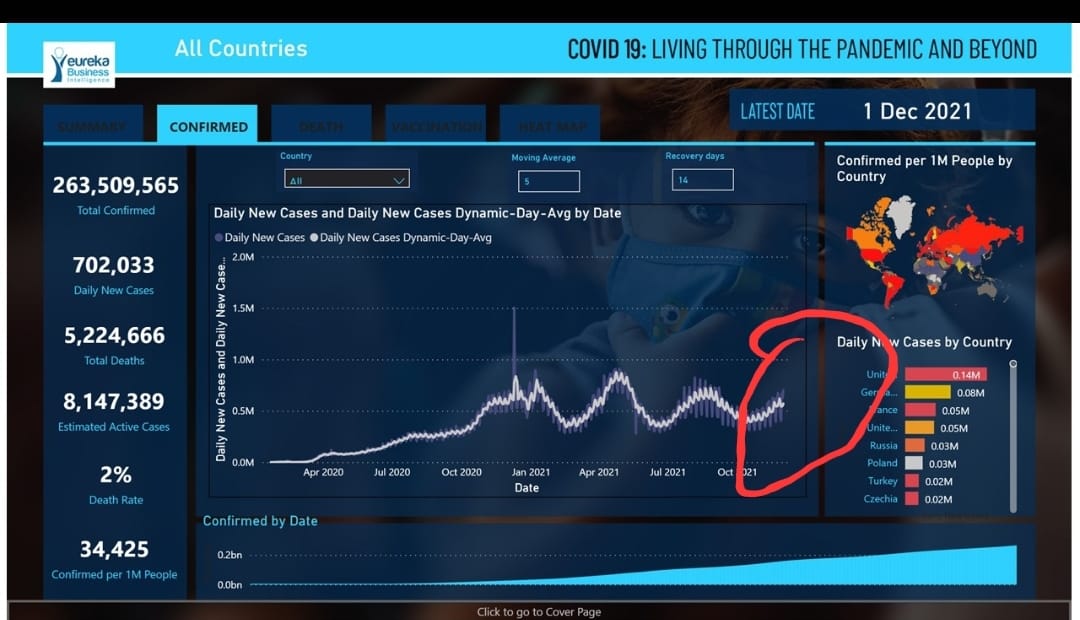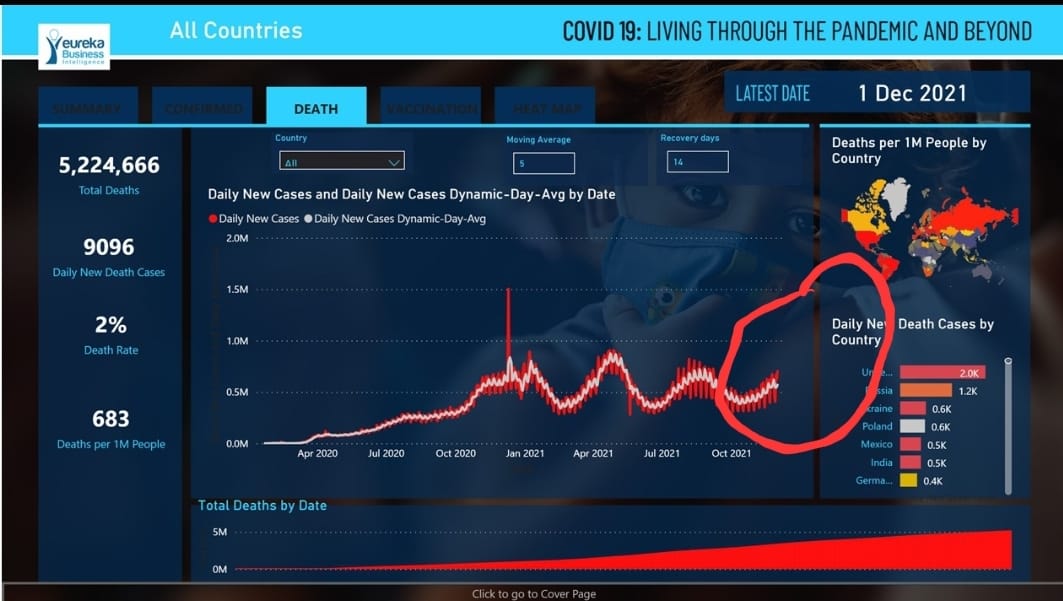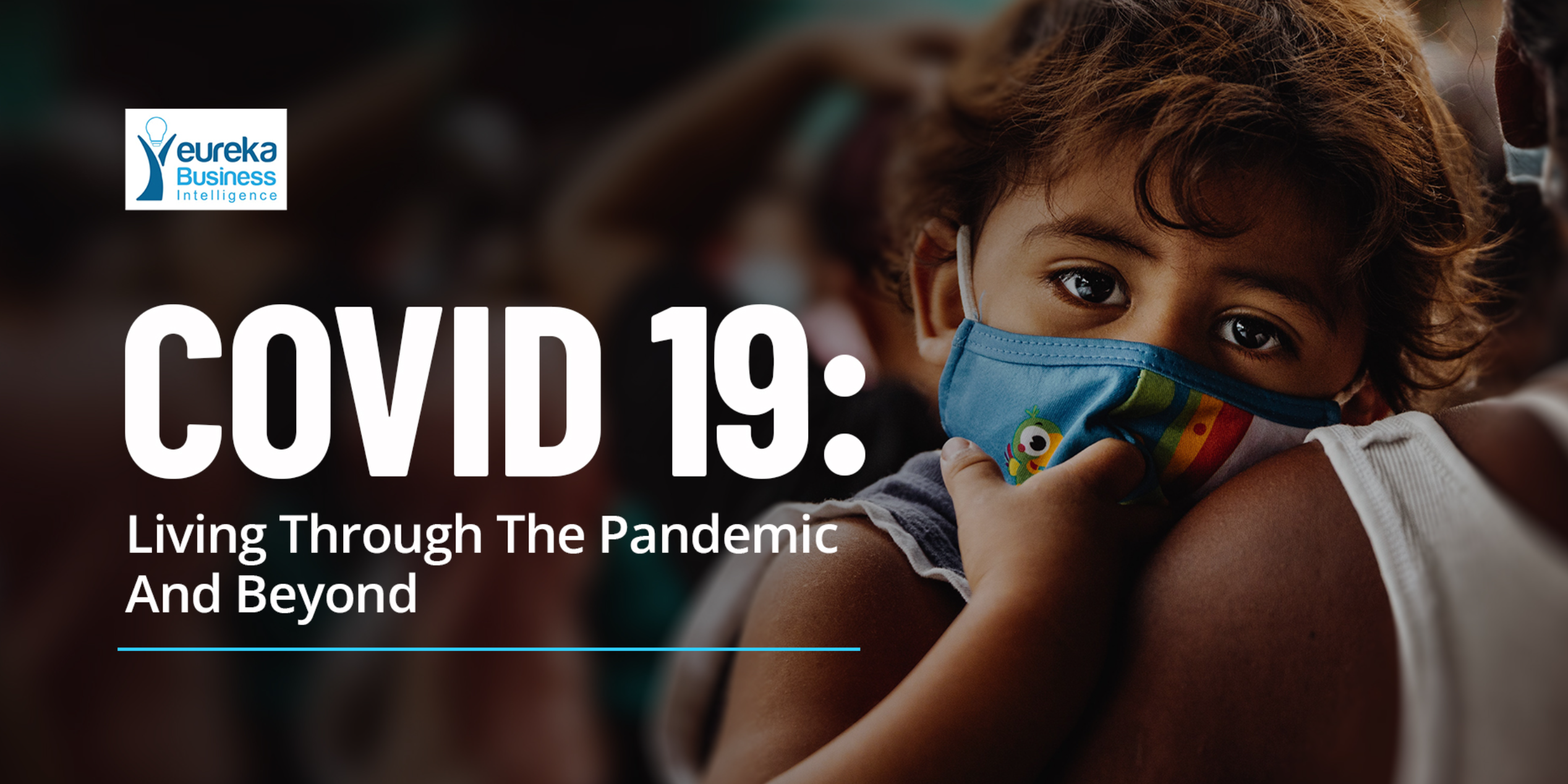It is mind-boggling how much Covid-19 has shaken the world: a virus taking over the world and forcing nation-wide lockdowns with people across the globe compelled to stay indoors for weeks and months on end. Schools and offices are shut down. People are forced to observe zero physical contact between themselves and others of different households: no comforting hugs from a friend, no handshakes to seal business-deals, everyone keeping two meters apart in communal spaces. A virus that completely halts tourism, causes international boarders to shut close, and gets otherwise free citizens arrested for not observing a lockdown: almost military-like enforcement in some countries. The very stuff Hollywood is made of. The only difference is, we are not watching this happen on a screen as we coil up in cosy armchairs or cinemas munching on popcorn. This is our reality.
Personally, in all my years in this world, I am yet to see any event or happening that has affected the world like Covid-19 has. It has changed lives, impacted families and economies, transformed some organisations and crippled others. No matter what happens, the world would be forever impacted by this virus. Welcome to 2021 AD, year two ‘Post-Covid Arrival’.
In my previous article, I indicated that I would be writing series of articles based on insights from the Covid-19 data that we at Eureka have been looking at. Since the first reported case of Covid-19, there have been three major global waves or peaks which we observe by graphing out the number of infections. The first was from around October 2020 to February 2021. At this first peak or wave, the world recorded about 600,000 new cases daily. At this time there had yet to be an approved vaccine.
The second wave saw over 750,000 daily new cases being reported globally. This occurred between April and May 2021. The third global peak, which happened between August and September 2021 had the least recorded new cases of about 500,000 daily.
While the world has generally already experienced three waves, these peaks in cases vary quite significantly for specific countries and regions. The area in which a variant is discovered, the time it takes to spread across the globe, country-specific measures for containing the virus, amongst other factors, help determine these peaks.

Fourth wave – number of confirmed daily new cases
The graph for the daily new cases and the moving averages clearly indicates that we are currently experiencing a fourth wave which began in late November. Visit our dashboard for a closer look at the data. The WHO reports that 38 countries have already recorded cases of the Omicron variant.
However, there still a lot of unknowns regarding the virus in general and the Omicron variant specifically. How effective are testing methods in detecting it? How efficient are treatment methods in managing it? How easily does it spread? All of these are factors that are still being monitored. Despite the spread to 38 countries, there have been zero recorded deaths so far. The answers to these questions would determine how impactful the fourth wave would be.

Fourth wave – number of confirmed daily new deaths
We appreciate that in all of this, the virus poses a clear and present danger in the way it mutates and evolves which requires that we exercise caution as we celebrate in the coming holiday season. It is important for various countries to take precautions especially in the midst of this new variant. The Christmas festivities often come with a surge expected in the number of confirmed cases.
Watch out for the next article where we explore the big question of how vaccinating populations has impacted the various peaks of the pandemic and to what extent it has affected lives







